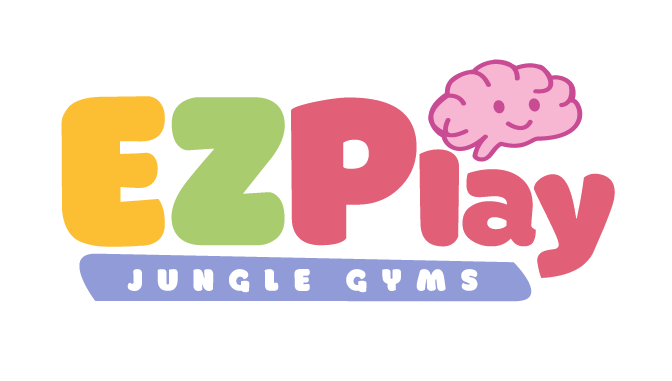
Why Crawling Deserves a Comeback (Even if It’s Not on the Milestone List)
Written by Dr. Stefanie Rodsater, Pediatric Chiropractor and Founder of Building Brilliant Brains
In 2022, the CDC updated its milestone checklists—and crawling was removed.
As a pediatric chiropractor and brain development educator, that change sent up a giant red flag.
Because here’s the thing:
Crawling isn’t just cute. It’s critical.
It’s one of the most neurologically rich movements your baby will ever do.
And while it may not be required to walk, it is essential for building the brain that will later support reading, writing, and regulation.
Let’s talk about why crawling matters—and how to support it even if your baby skipped it (or is about to).
Wait… Why Did They Remove Crawling?
The CDC’s milestone list changes were meant to:
-
Reduce parent worry by setting “average” milestones at the 75th percentile
-
Focus only on what most kids do by a certain age
-
Simplify guidance for pediatricians
But in doing so, they left out one of the most developmentally important movements of early life: cross-crawling.
Why Crawling Is a Brain-Building Superpower
Crawling stimulates the corpus callosum—the structure that connects the right and left hemispheres of the brain.
When your baby moves in a cross-pattern (opposite arm and leg), they’re:
🧠 Improving coordination
🔁 Strengthening neural pathways between both sides of the brain
📚 Prepping for future academic skills like reading, writing, and math
🎯 Integrating primitive reflexes (like the ATNR and STNR)
According to Glenn Doman:
“The brain grows by use—not by a preordained timetable.”
And nothing grows it quite like crawling.
Signs Your Baby Needs More Crawling Time
Even if your child is already standing or walking, signs they may benefit from crawling include:
🚩 W-sitting
🚩 Clumsy walking or frequent falls
🚩 Poor focus or coordination
🚩 Emotional dysregulation
🚩 Skipped crawling altogether
It’s never “too late” to go back and build the foundation.
How to Support Crawling at Home
You don’t need anything fancy—but you do need to make crawling part of daily movement play.
Here’s how to do it:
✅ Create Obstacle Courses
Use your EZPlay jungle gym to build crawl-under and crawl-over tunnels
➕ Add cushions, tunnels, or cardboard boxes
➕ Make it fun: follow the leader, animal crawl races, chase a rolling ball
✅ Encourage Cross-Pattern Movement
🟰 Opposite hand and knee taps
🟰 Bear crawls and log rolls
🟰 Crawl up ramps and slopes (great with Pikler ramp or Koala Playset)
✅ Start on the Floor
No container seats. No bouncers. Just the floor.
✔️ Place toys just out of reach
✔️ Use your own body as a crawling obstacle
✔️ Encourage movement through play, not pressure

EZPlay Tools That Encourage Crawling
These tools keep movement engaging, purposeful, and fun—so your baby wants to crawl more, without even realizing they’re doing brain work.
🧗 Koala Adventure Playset
✅ Perfect for climbing up ramps and crawling under bars
✅ Supports gross motor milestones beyond walking
🧸 Panda Playground Jungle Gym
✅ Create tunnel spaces using blankets and ramps
✅ Integrates crawling into everyday play
🪵 Wobble Balance Board
✅ Crawl across it for dynamic core + midline activation
✅ Great for transitions from crawling to standing
Final Thoughts
Even if the CDC left crawling off the checklist—you don’t have to.
Crawling isn’t optional for brain development.
It’s foundational.
It wires the brain for learning, emotional control, and physical coordination. And it’s one of the easiest (and most affordable!) ways to support your baby’s development every day.
🧠 Want to build your baby’s brain through movement?
Explore EZPlay’s collection of Montessori-inspired climbing and crawling tools to keep the foundation strong—even if your child’s already on the move.








